
Anyone who has ever played even a few innings of baseball knows some things for certain about the game. For instance, hitting a round ball “squarely” with a cylinder is well-nigh impossible, as is sliding into a base without looking (and feeling) like a dysfunctional whirligig. Staying in the batter’s box when a breaking ball is headed for one’s head feels wholly unnatural. Chasing a shot hit deep into the gap, meanwhile, while running full-tilt toward an outfield fence can be downright nerve-wracking.
Down through the years, of course, coaches have employed countless techniques, tactics and tools to help their players grow, at the very least, comfortable with the game’s infinite variables. But in a sport so endearingly perverse that a hitter who fails in seven out of 10 trips to the plate is considered something of a star, there’s only so much a coach can do.
Enter John Herbold. A coach at California’s storied Long Beach Polytechnic High School, Herbold began using the devices in this gallery—many of them thought up by Dodgers coach and celebrated hitting instructor Kenny Meyers—in 1962. The next year, Poly won the American Legion National Championship and, LIFE magazine wrote in a July 1966 article, “its teams have been winning titles ever since.”
Herbold [LIFE noted] credits his heretical training techniques for the wins but he believes the devices also get his players thinking. Herbold, himself a Phi Beta Kappa, encourages this by making players digest a thick manual on the sport, pass periodic tests, write a term paper on baseball and, on the fingers of their gloves, print the letters t-h-i-n-k.

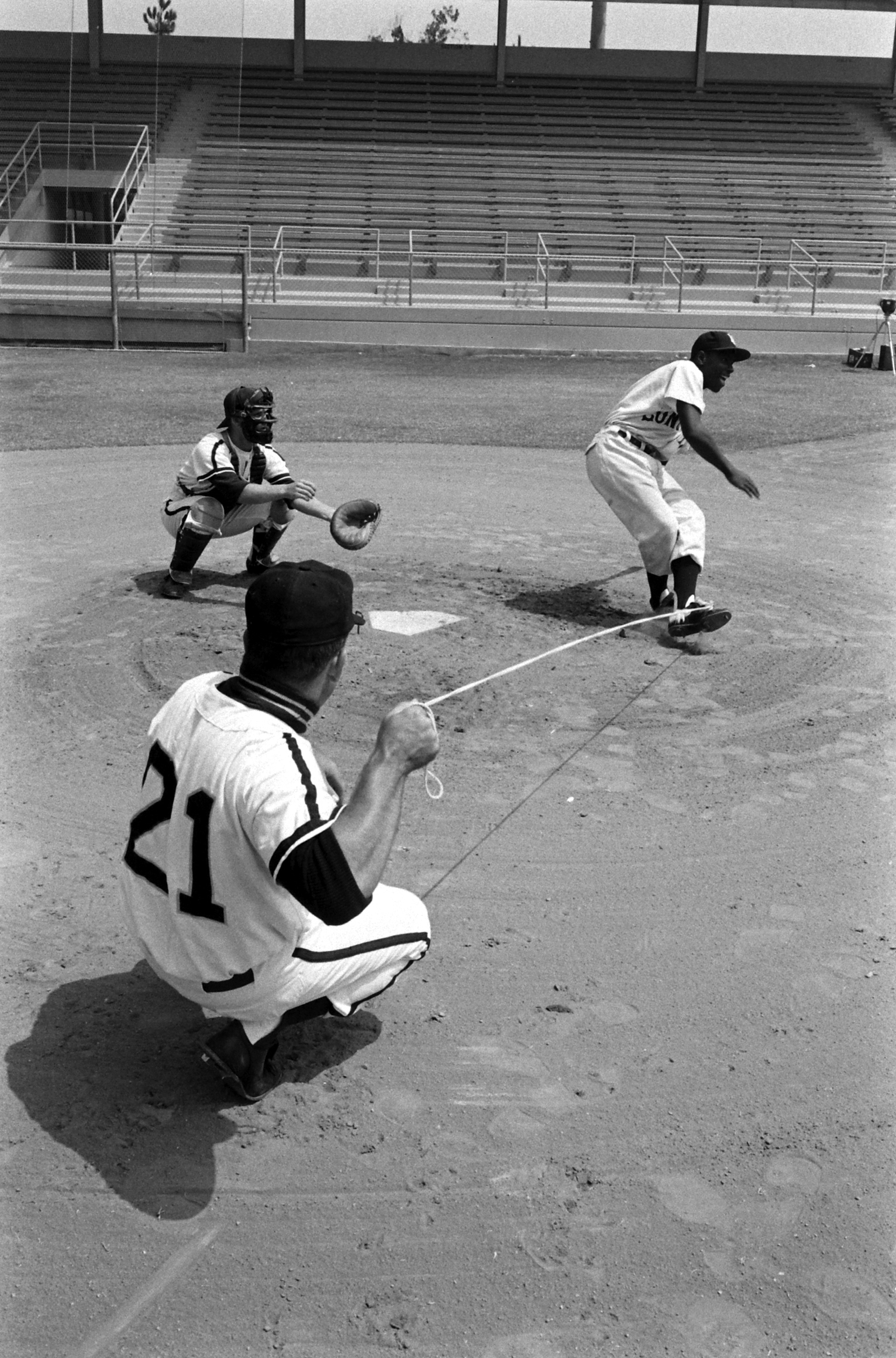


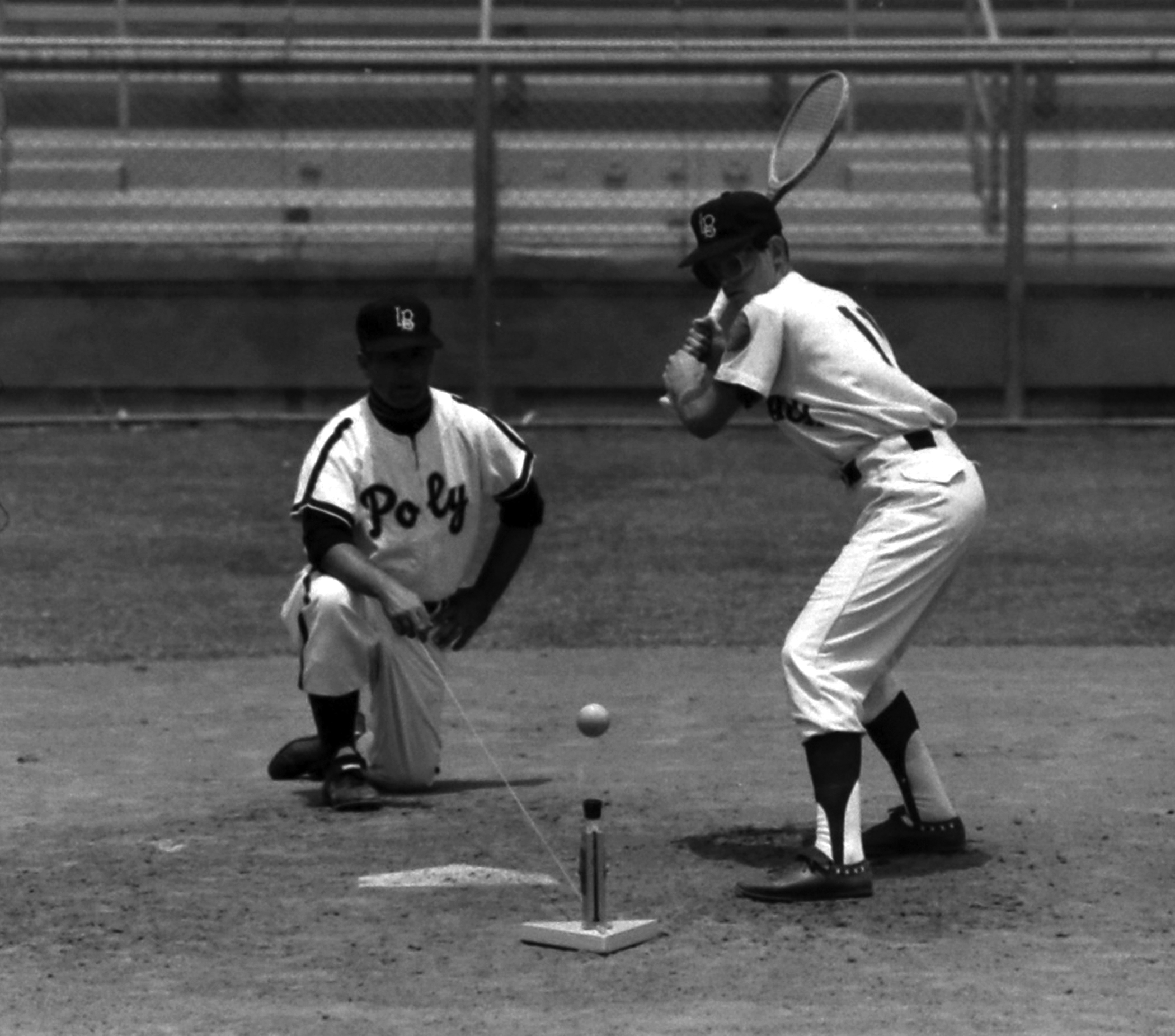
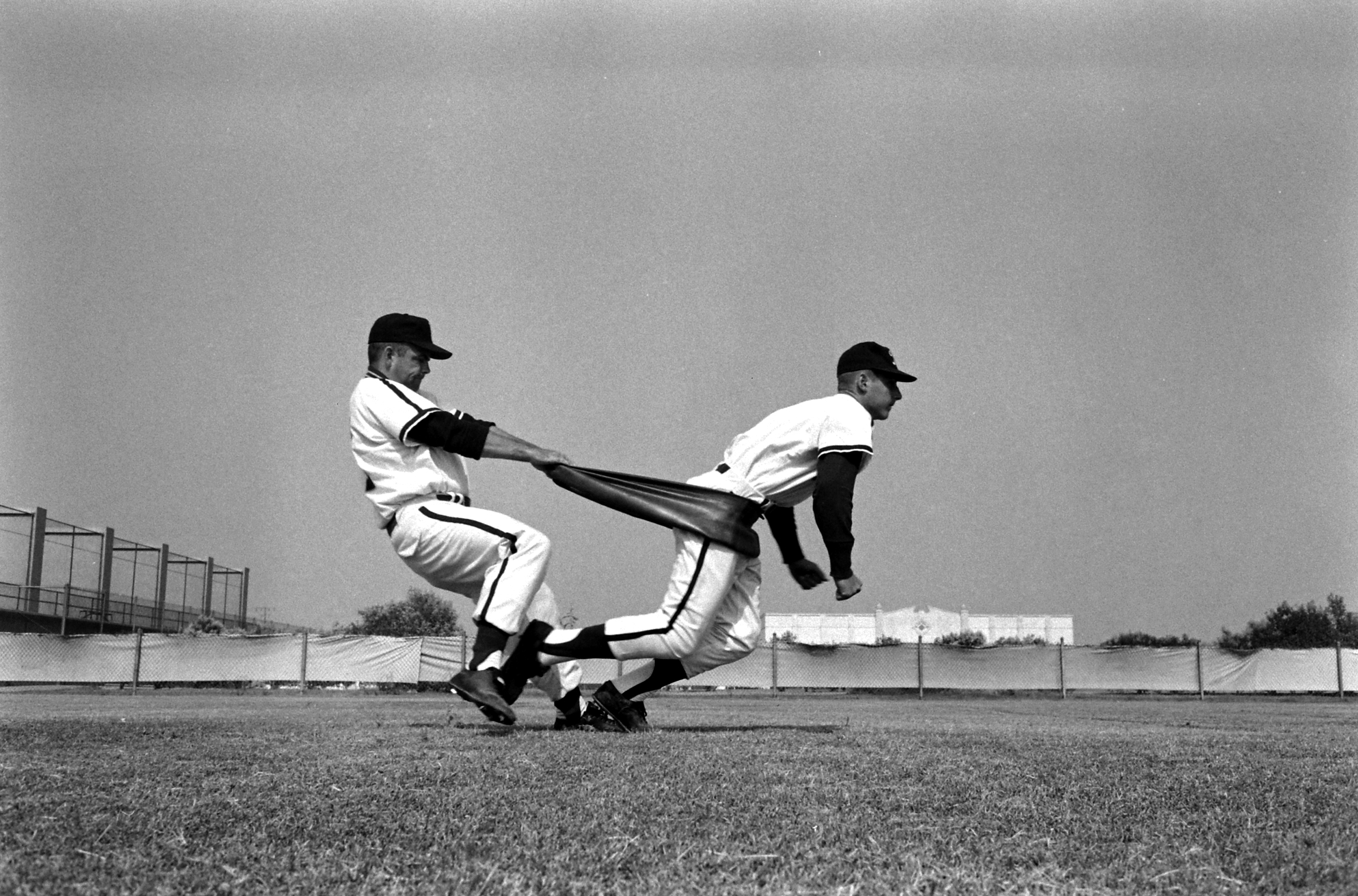
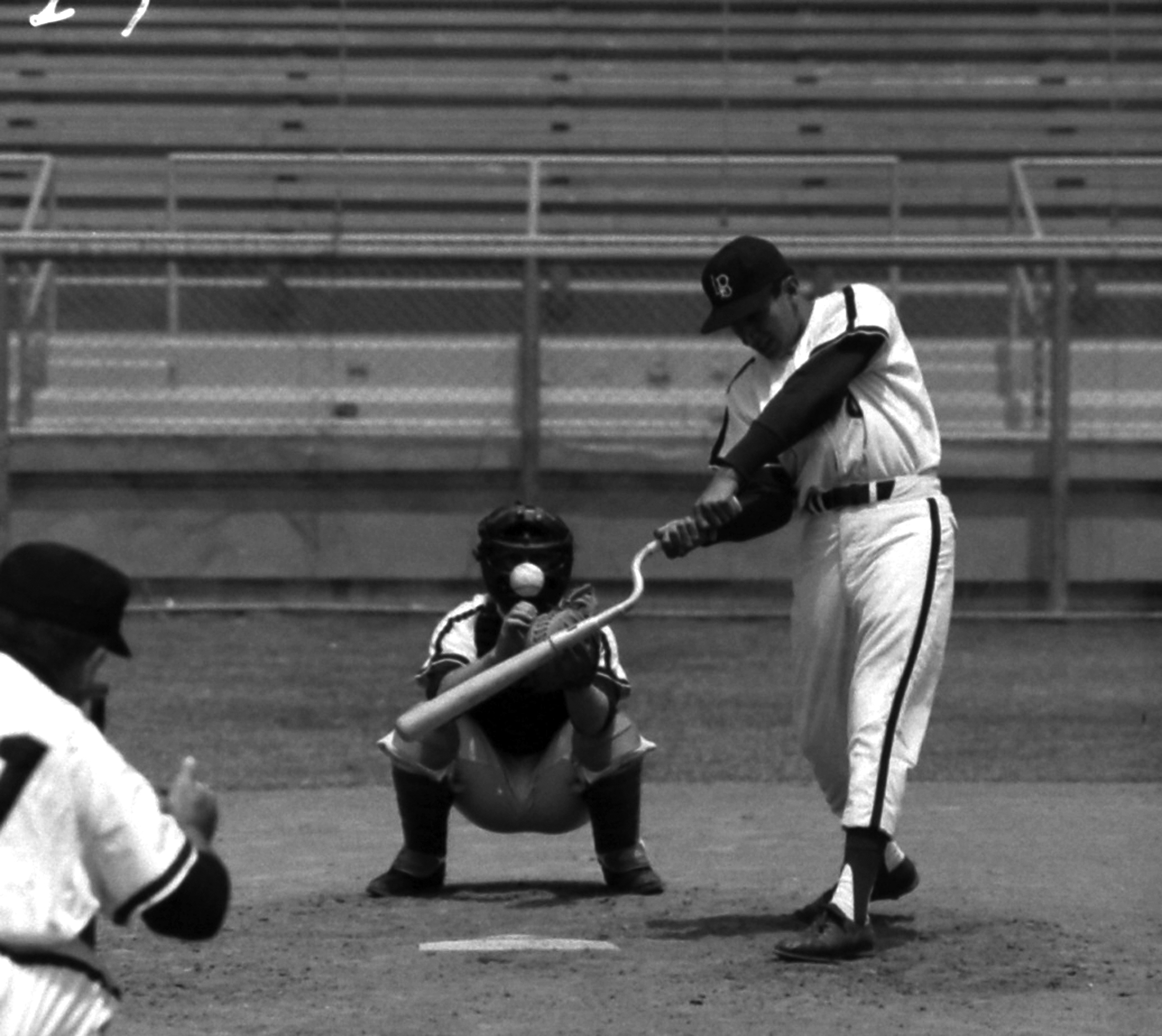
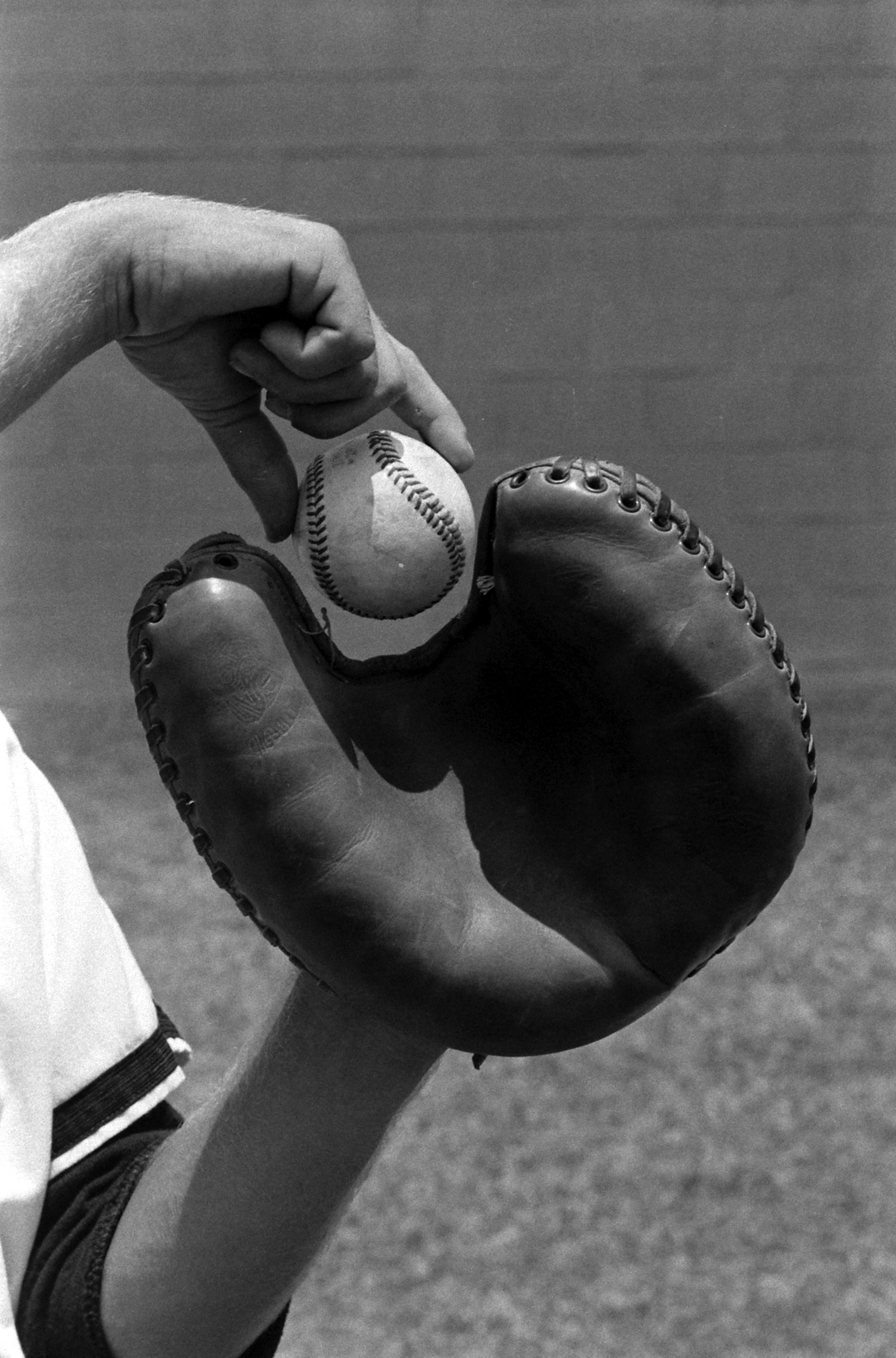
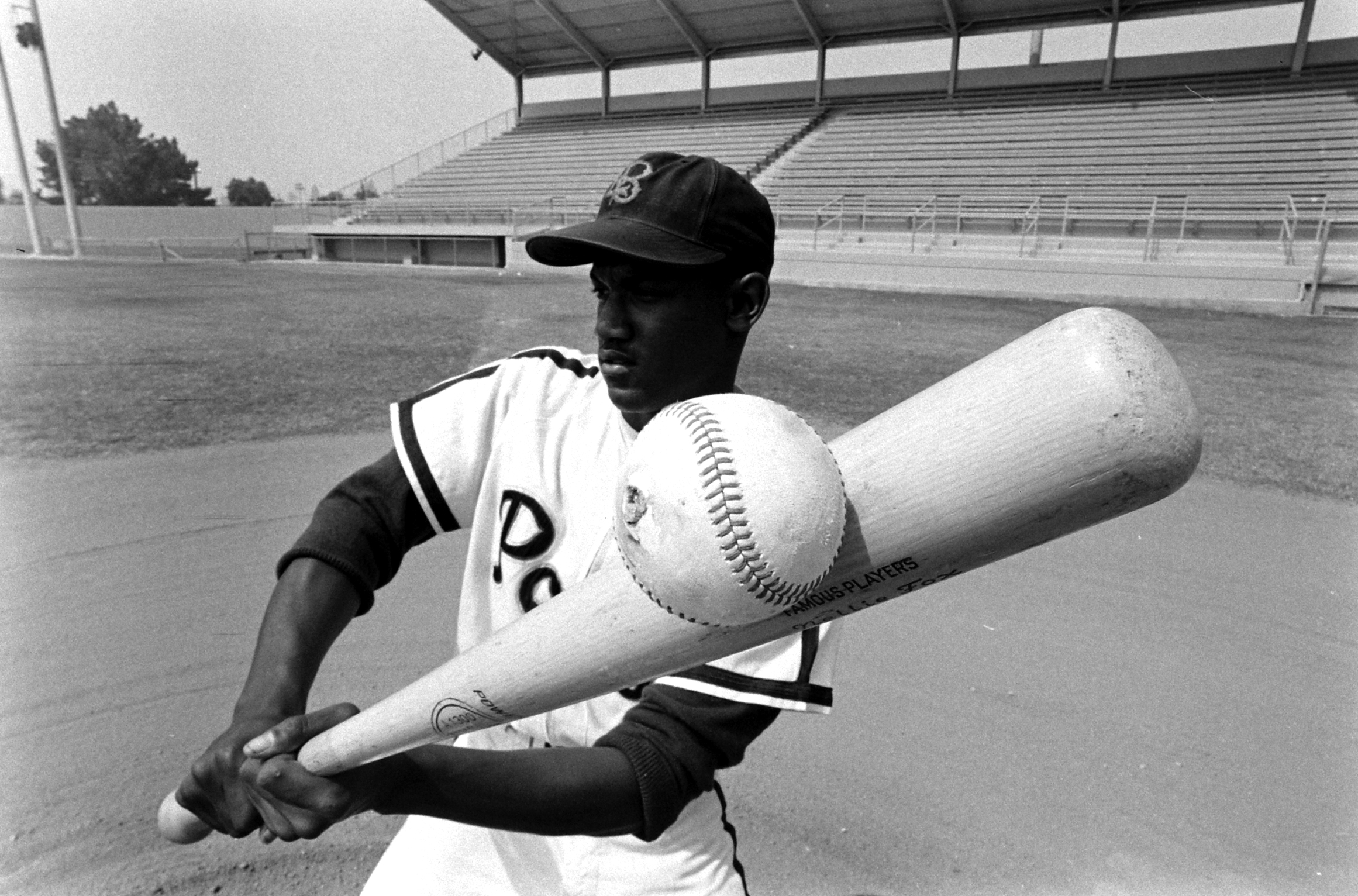
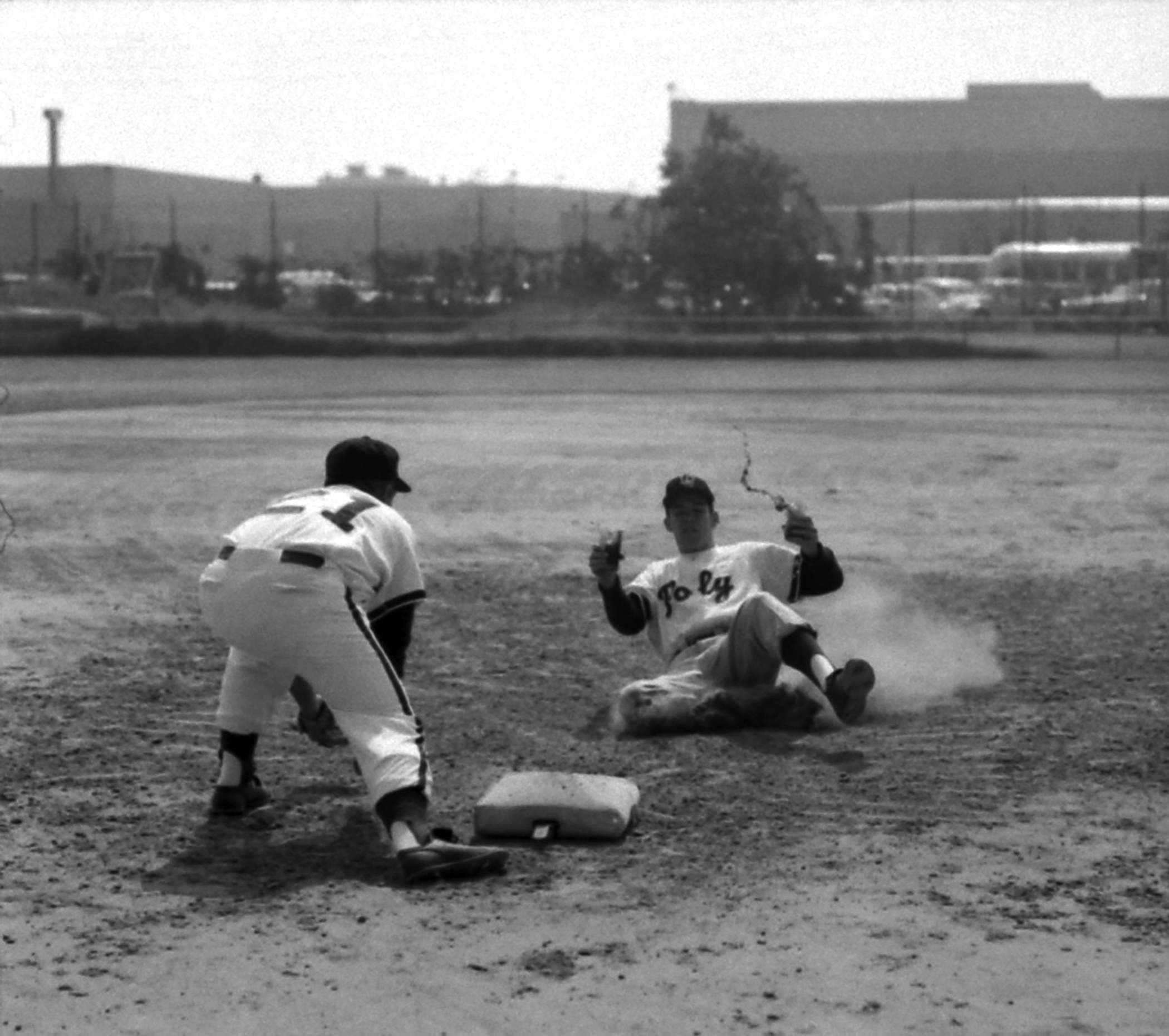
More Must-Reads from TIME
- Why Trump’s Message Worked on Latino Men
- What Trump’s Win Could Mean for Housing
- The 100 Must-Read Books of 2024
- Sleep Doctors Share the 1 Tip That’s Changed Their Lives
- Column: Let’s Bring Back Romance
- What It’s Like to Have Long COVID As a Kid
- FX’s Say Nothing Is the Must-Watch Political Thriller of 2024
- Merle Bombardieri Is Helping People Make the Baby Decision
Contact us at letters@time.com